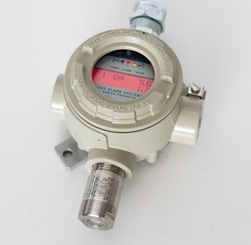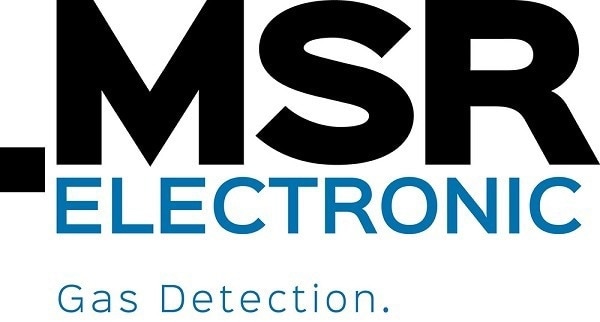The role of mineral oil logistics is to reliably distribute combustible substances to the end consumer from the producer. The key substances to be distributed are diesel and petrol fuels, benzene, methanol, fuel oils, and kerosene.
Distribution can happen through an intermediate tank farm using tank trucks or can be initiated directly ex refinery.
When tank farms are employed, it is a requirement that gas is monitored to a high safety level. The MSR-Electronic product PolyXeta®2 can be used with the innovative exchangeable X-Change sensor to meet the SIL requirements.

The PolyXeta®2 by MSR-Electronic measures volatile organic hydrocarbons owing to the trustworthy safety calibration of the sensor.
The risk potential for humans is particularly high whenever flammable or toxic gases are present, as they commonly cannot be seen or smelled.
These risks towards people and plants are significantly decreased when fixed gas warning systems are in use. MSR-Electronic responsibly protects lives against harmful gases with its pioneering product range.
The international business successfully sells gas warning systems through a network of branch offices and partners based across the globe.
The recently produced Bremen tank storage area demands a concrete safety concept that adheres to the firm safety requirements outlined by the authorities.
The method of measurement includes integrated temperature and drift compensation to promote the highest precision, reliability, and extended service life of the sensor.
The device comprises a regular 4-20 mA analog output and two relays with changeable switching thresholds. Should leakage occur, the device generates an early warning that an ignitable gas concentration has been identified and countermeasures can commence.
In this project, the partner Gawando Gaswarnsysteme carries out the installation and maintenance. Consistent functional and system checks are performed in adherence with BG RCI T023 to confirm compliance with the standards and the reliability of the gas monitoring system.
Decisive Core Size for Combustible Gases
When combustible gases blend with air, they produce explosive mixtures. An explosive mixture occurs in only a small range of gas/air concentrations.

Image Credit: MSR-Electronic GmbH
The explosive range is a significant core size for the hazard, known as the space between UEL and LEL. This region, which is established by a lower explosive limit (LEL) and an upper explosive limit (UEL), is specific for each vapor and each gas.
The mixture is not flammable outside of these limits. As every gas generates a different reaction, every gas has a different limit. The characteristics of combustible gases have sometimes resulted in large fires in the past.
For example, in 1979 in North Rhine-Westphalia, there was a far-ranging tank farm fire in Duisburg harbor. In December 2005 in Greater Britain, a fire at the Buncefield tank farm lasted for several days and caused even more devastation.
MSR-Electronic provides a wide range of methods for the lasting detection of gases. On this foundation, MSR-Electronic produces individual gas sensors for industrial applications that perform under extreme environments.

This information has been sourced, reviewed and adapted from materials provided by MSR-Electronic GmbH.
For more information on this source, please visit MSR-Electronic GmbH.